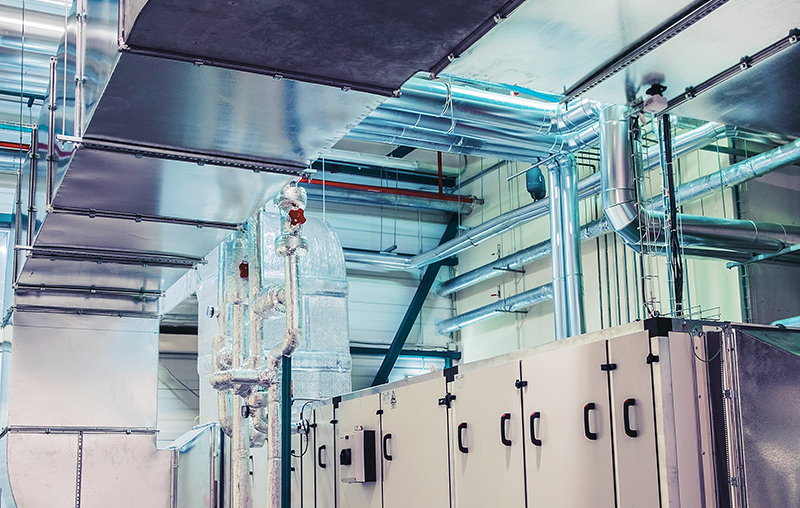
Commercial buildings, in their pursuit of optimal indoor comfort, rely heavily on HVAC (Heating, Ventilation and Air Conditioning) systems. These intricate systems are comprised of condensers, thermostats, evaporator coils, air compressors, heat exchangers and air handlers. In this article, we will delve into the intricacies of five types of HVAC systems for commercial buildings, exploring their functionalities and unique characteristics.
Single-split systems, connecting one indoor unit to an outdoor unit, are preferred for their affordability and suitability for smaller commercial spaces. Ideal for offices with multiple small facilities, these systems grant individualized control to room occupants. However, their drawback lies in the space they consume, as each indoor unit necessitates a corresponding outdoor unit.
Similar to single-split systems, multi-split systems connect multiple indoor units to a single outdoor unit, offering space efficiency and convenience. With the ability to connect up to ten or more indoor units, these systems are suitable for larger commercial spaces, such as big offices and restaurants. Installation and maintenance costs are higher due to increased pipework.
Also known as variable refrigerant volume (VRV), these systems connect multiple indoor units to an external unit. Noteworthy for capturing heat from warmer spaces during cooling and redistributing it where heating is required, VRV systems cater to facilities needing customized cooling and heating in various zones. While offering simultaneous heating control and zonal cooling, their costs and installation fees are comparably higher.
This type of system, consolidated into one unit installed outside the building, is popular among properties lacking indoor space for equipment storage. Positioned on the rooftop, packaged HVAC systems boast quieter operation but are restricted in flexibility due to the requirement of ductwork.
Offering cooling, heating and ventilation functions within a single unit, hybrid heat pumps are versatile. Ideal for commercial buildings in colder climates, these pumps are suitable for retail centers, gyms and schools. They function as air conditioners by extracting heat from the air and incorporate a furnace as part of their split system setup.
Selecting an HVAC system for a commercial building involves careful consideration of several factors:
In conclusion, the selection of an HVAC system for commercial buildings is a critical decision that necessitates a thorough understanding of various factors. By exploring the functionalities and unique characteristics of single-split, multi-split, VRV, packaged and hybrid heat pump systems, building owners and managers can make informed decisions to ensure optimal comfort, energy efficiency and indoor air quality. Regular maintenance, performed by professional HVAC technicians, is essential for prolonged system performance and longevity.
If you need any services, drop us a mail at Rohitkumar.Singh@gmrgroup.in or get in touch with us at +919717199753.